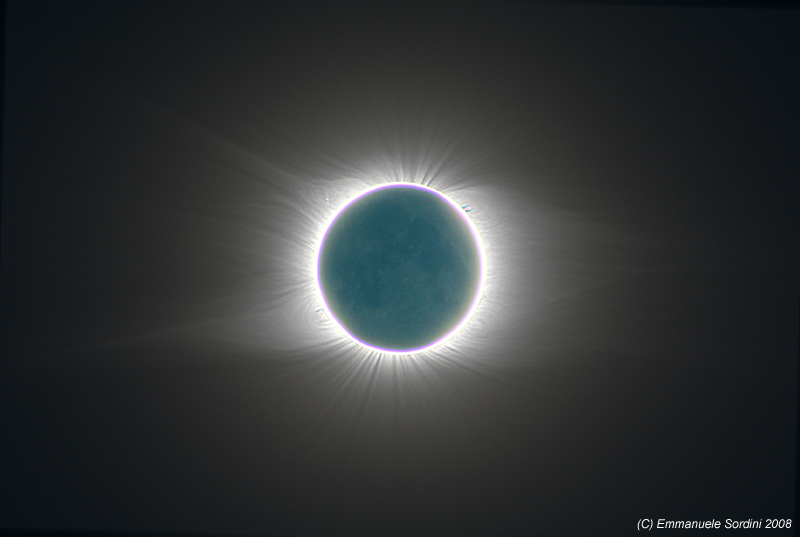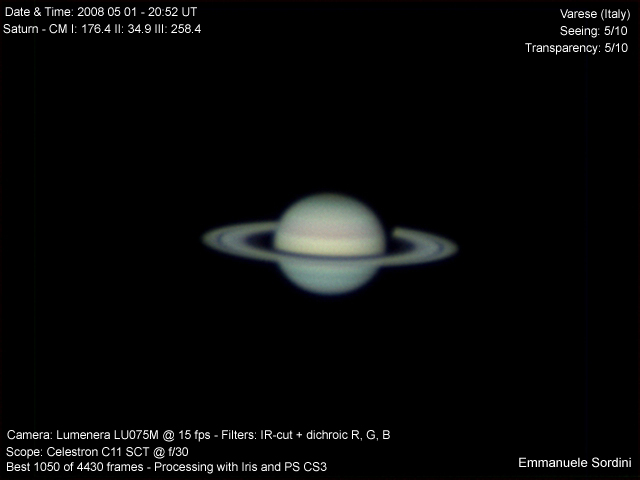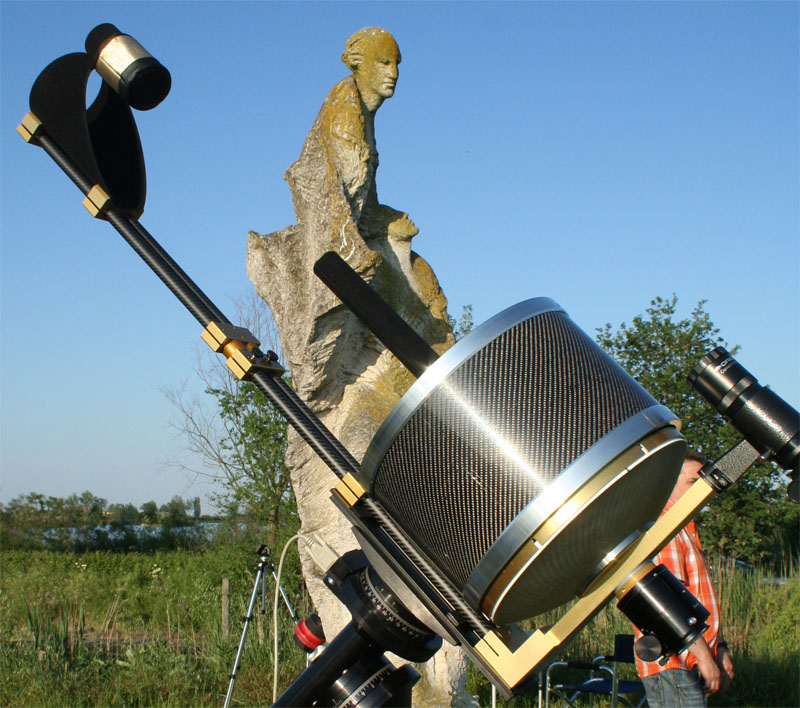
On January 4, 2009, it was very cold, but crystal clear and sunny. I could not pass up this opportunity, and decided to go snowwalking with some friends on top of Monte Penna, one of Ligurian Apennines most famous and prominent peaks (el. 1735 m); the conditions were really favorable also for trying to put together a panoramic view of the gorgeous landscape we enjoyed from up there.







